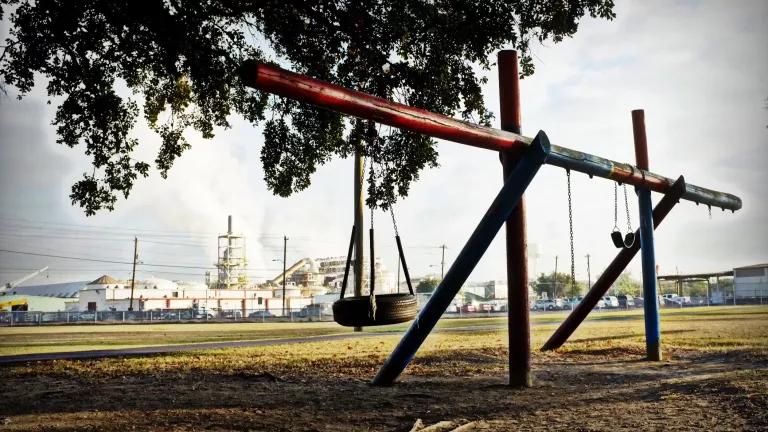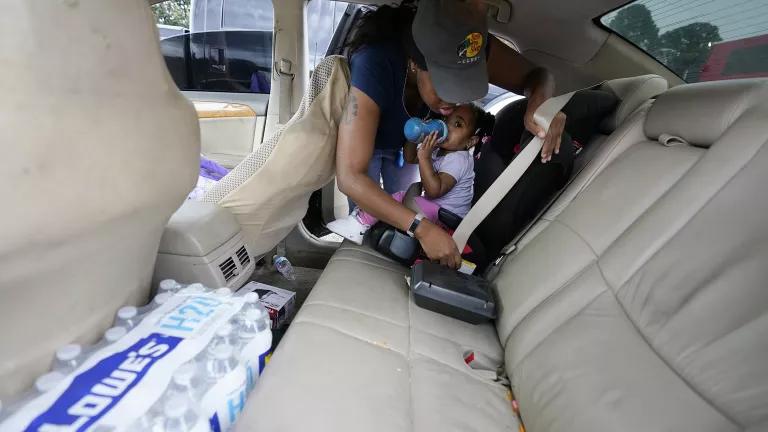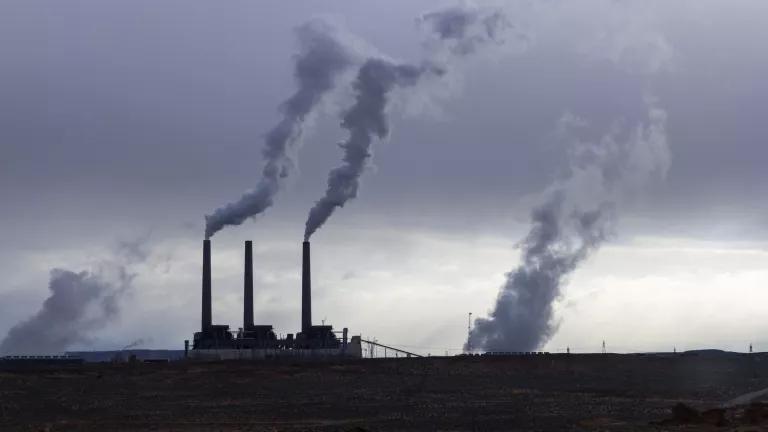Toxic Air Pollution in the Houston Ship Channel: Disparities Show Urgent Need for Environmental Justice
The burden of air pollution in Houston, Texas is not evenly distributed, with glaring disparities along racial/ethnic and socioeconomic lines.

Co-Authored with Juan Parras and Ana Parras (Texas Environmental Justice Advocacy Services)
Houston, Texas is plagued by some of the worst air quality in the country. The eight-county Houston region is home to the largest petrochemical manufacturing complex in the Western hemisphere, where chemical and industrial facilities regularly pump toxic pollutants into the air. Exposure to these pollutants, which include deadly fine particulate matter (PM2.5), dangerous coarse dust particles (PM10), and harmful volatile organic compounds (VOCs), has been linked to cardiovascular disease, premature death, and damage to various bodily systems and organs. What’s more, the burden of air pollution is not evenly distributed, with glaring disparities along racial/ethnic and socioeconomic lines.
NRDC and Texas Environmental Justice Advocacy Services (TEJAS) commissioned a report to analyze disparities in air pollution experienced by specific populations in the Houston region between 2007 and 2016. The findings were striking: air pollution in the Houston region is disproportionately experienced by people of color, people living in poverty, and limited-English households. The average pollution burdens—that is, the amount of pollutant emitted per square mile per year—for each of the three pollutants studied were about 50% higher for people living in poverty compared to their wealthier counterparts. The burden of these three pollutants was twice as much for people of color compared to white residents. Harrisburg/Manchester, a neighborhood that is predominantly Hispanic/Latino and where over a quarter of residents live in poverty, appears particularly impacted: its particulate matter pollution burdens were approximately fifty to sixty times those of the broader eight-county region.
The stark disparity in pollution burdens has real, life-threatening consequences, such as increased risk of cardiovascular disease, premature death, and damage to the heart and lungs, among other effects. Moreover, the negative health impacts of exposure to air pollution are exacerbated when exposure occurs at the same time as other environmental stressors, such as additional sources of pollution, and social stressors, such as vulnerabilities associated with living in poverty, having limited-English skills, and experiencing discrimination due to race/ethnicity. These overlapping and compounding stressors are known as cumulative impacts; addressing the dangers faced by certain Houston communities will require a full understanding of these co-occurring stressors.
Based on the report, TEJAS and NRDC offer three policy recommendations to help address the disproportionate impacts of pollution burdens on communities in the Houston Ship Channel:
- Regulating agencies should look at all emissions in a regional context, as well as on a facility-by-facility basis. Agencies should take into account the aggregated effects of multiple facilities and the high emissions levels across the region. Doing so would better protect the communities that are already overburdened by numerous polluting facilities.
- Regulating agencies should improve public participation opportunities in the permitting process. Accessibility is critical to improving participation. This means making opportunities physically accessible; for example, holding hearings locally and during non-work hours when the public is more likely to be able to join. And, participation must be linguistically accessible; notices should be translated into Spanish and other necessary languages, and interpreters should be present at hearings.
- Regulating agencies should prioritize monitoring and enforcement in disproportionately burdened communities. Agencies can, for example, require facilities in communities that are disproportionately burdened and vulnerable, particularly those with repeat violations, to install pollution monitoring equipment or expand existing monitoring.




